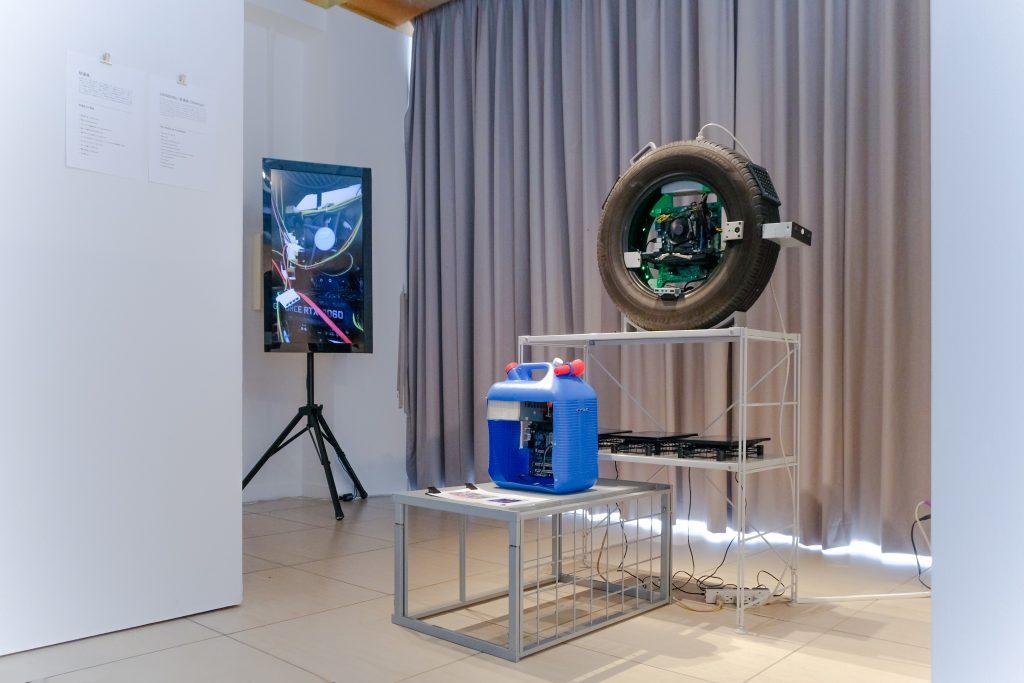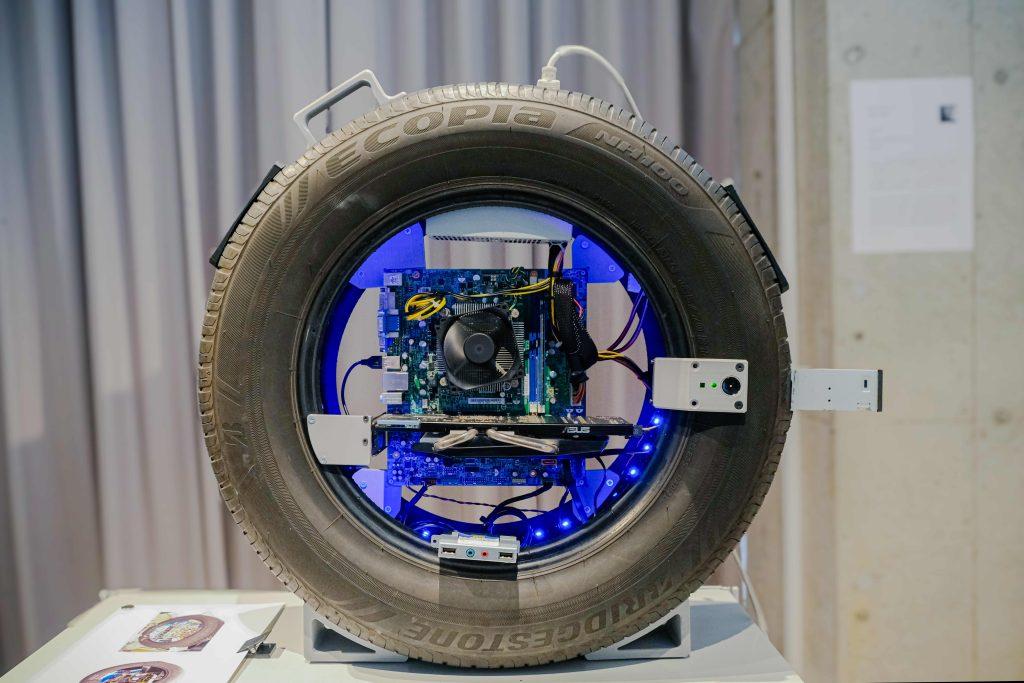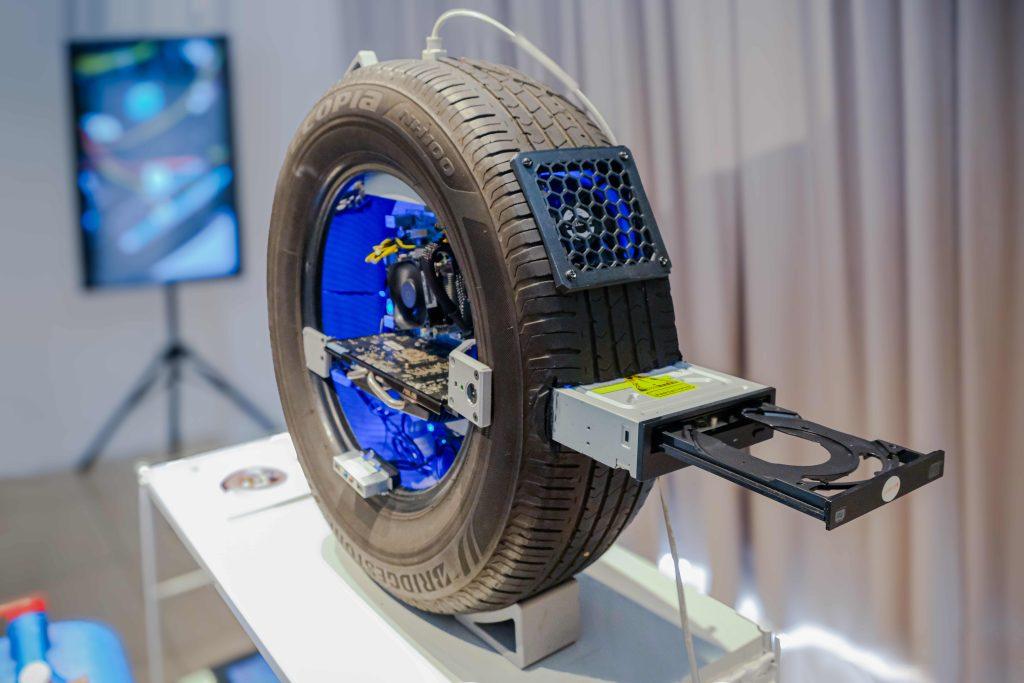TOKAS, International Creator-in-Residence 2024

As part of the CubaCreativa project [2014 – ].
Creativity is the ability of human beings to generate new ideas. It tends to flourish in extreme moments or moments of crisis, although not exclusively. When creativity emerges as a response to emergency or scarcity conditions, it acquires predominance in all areas of cultural, economic, and social organization, as is the case in Cuba.
My plan of activities during the residency focused mainly on the research of two Japanese concepts related to social creativity and innovation practices:
珍道具 ~ Chindōgū: Unconventional artifacts that solve problems in a unique way, defying conventional design. They are both useful and useless, emphasizing creativity over practicality. Created by Kenji Kawakami as a critique of consumerism and obsession with practicality. Genuine solutions to everyday problems, reflecting freedom of thought.
裏技 ~ Urawaza: explore the concept of “Urawaza” and its historical connections, which I feel are close to the Cuban experience. Although “Urawaza” predates World War II, it was in the postwar period that this form of innovation proved especially useful. All over the country, people were trying to figure out how to do more with less. For its part, Cuban reality has gone through multiple stages of crisis. After the fall of the socialist camp in 1990 and the tightening of the U.S. embargo on Cuba, there was a collapse of the economy, called the “Special Period in Times of Piece”, which resulted, as in the Japanese context, in a surge of creative practices that became essential to ensure survival. In that sense, this research process connects many of the “Urawazas” with advice that was shared in Cuba in the 1990s through books such as “Con Nuestros Propios Esfuerzos” and “El Libro de la Familia”.



PC Gamer focuses on the creativity of global gaming communities. For this project, the artist found images of computer towers that, instead of the traditional boxes or chassis, using reused materials.
Taking these designs as a starting point, the artist established a collaboration with Tokyo Hackerspace to develop an optimized design using the same materials and maintaining the aesthetics of the object. This computer used materials and technology from Akihabara (the epicenter of Japan’s second-hand technology stores) and modular designs using the maker philosophy of the hacker space community. All the results of this project were shared using global open-source platforms and the networks of the hackerspace and gamers communities.




Developed with Tokyo Hackerspace
—
–